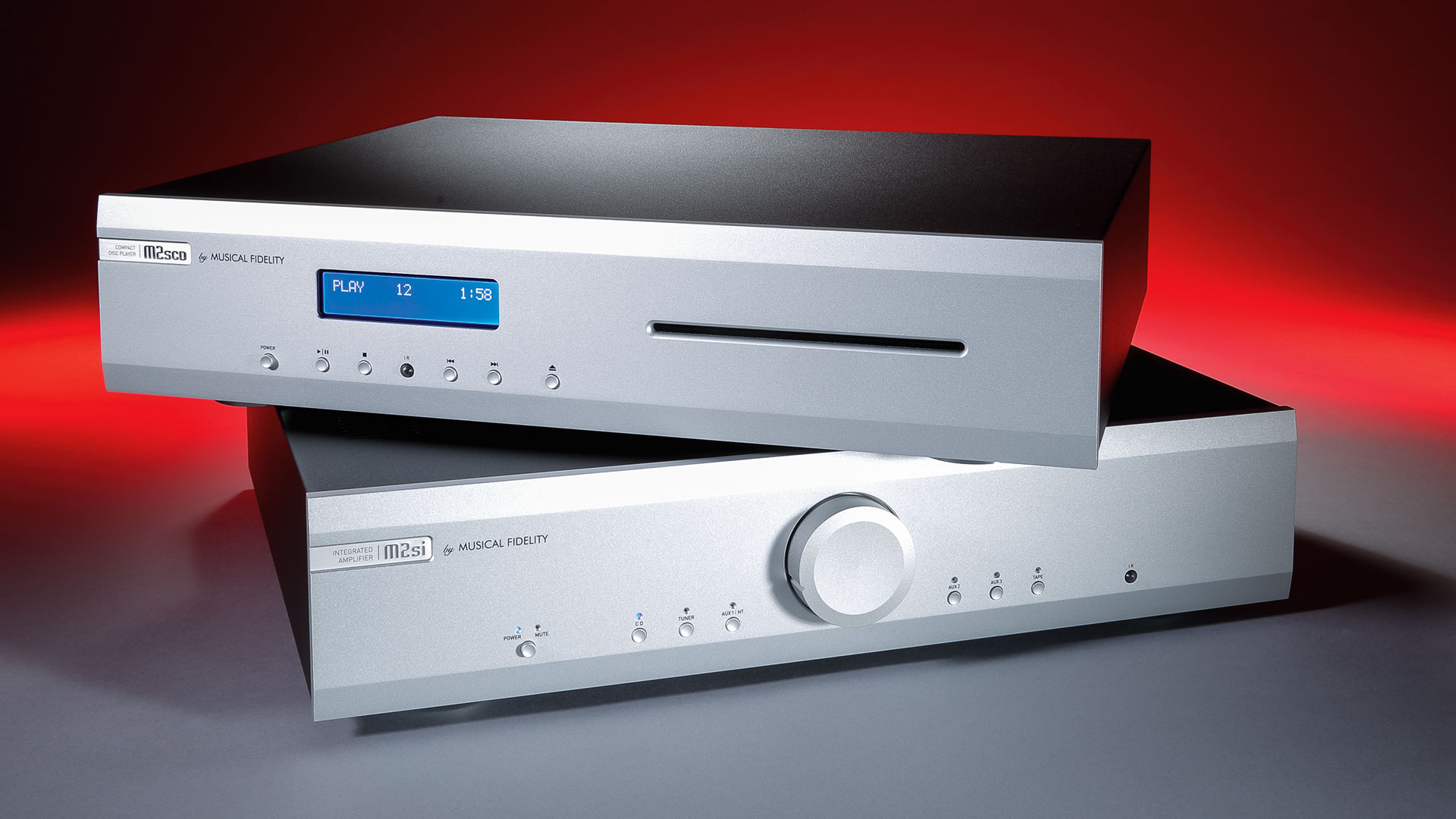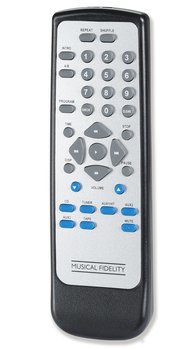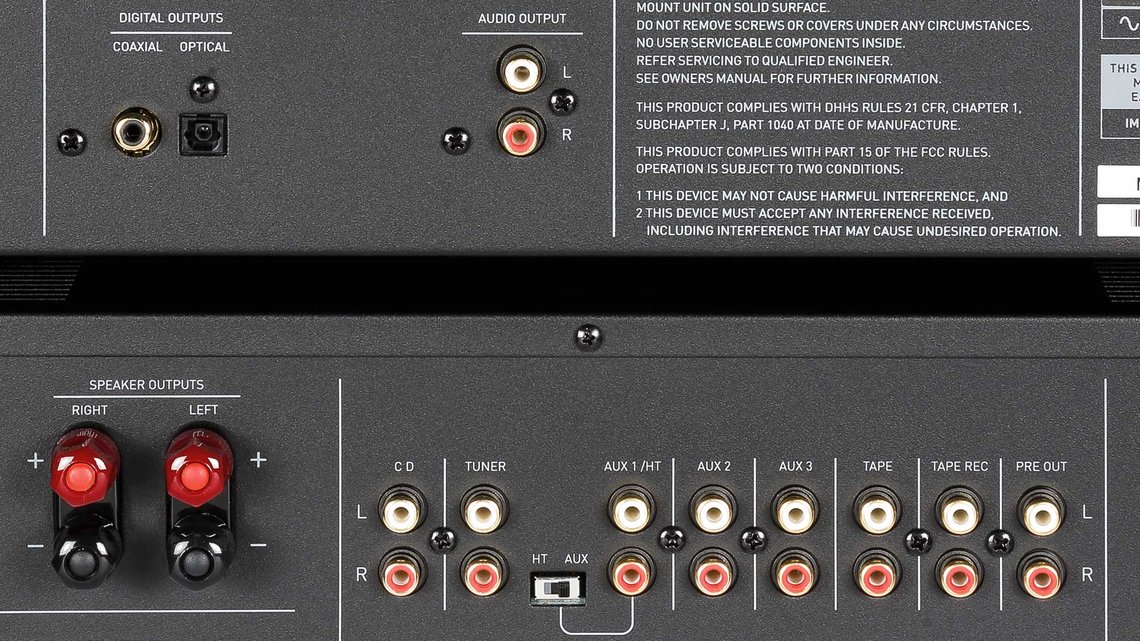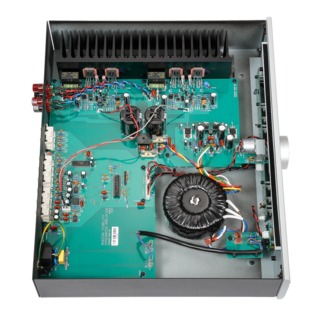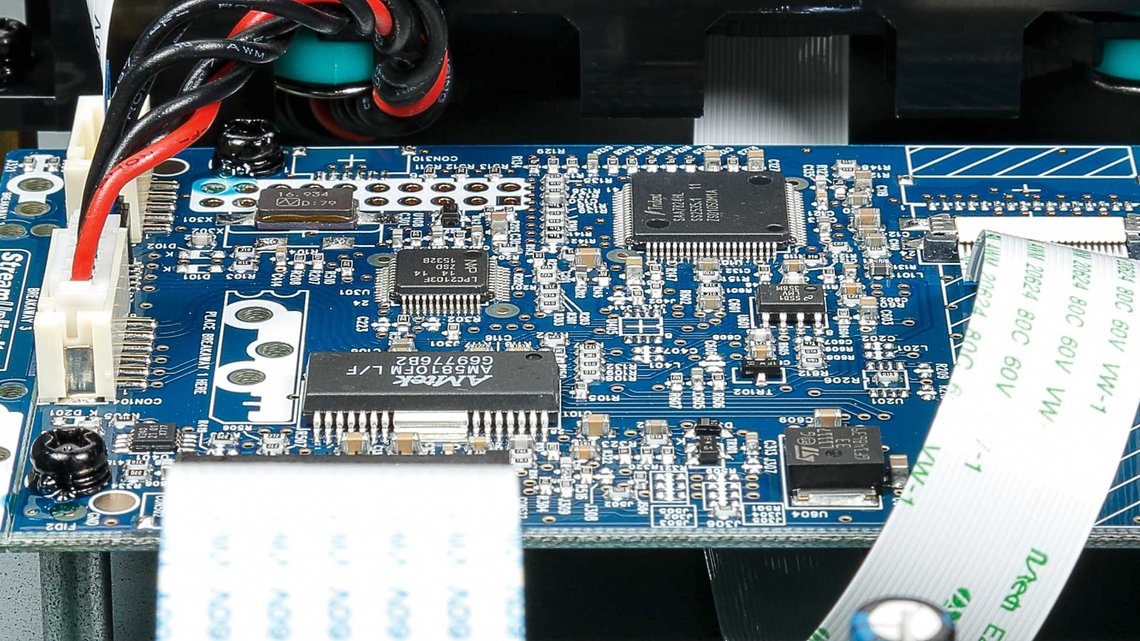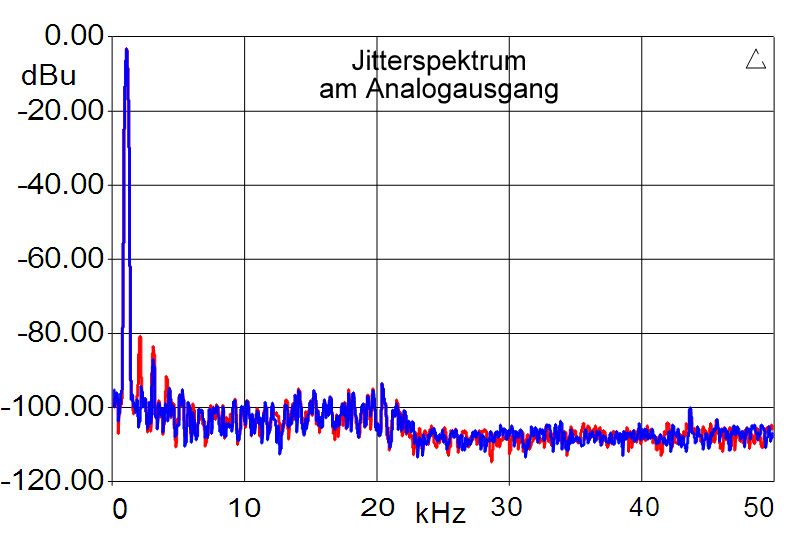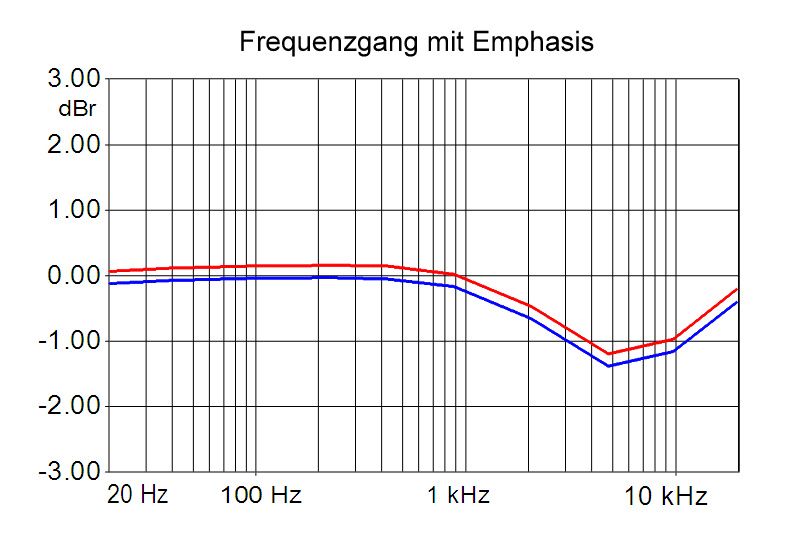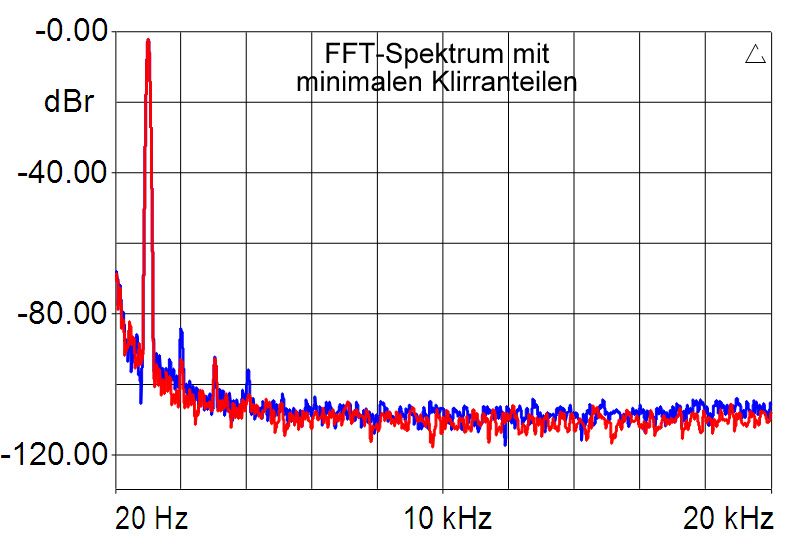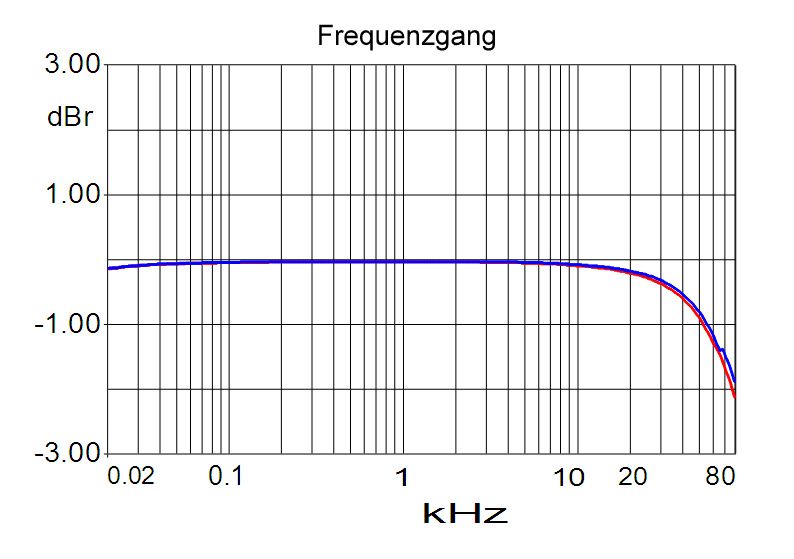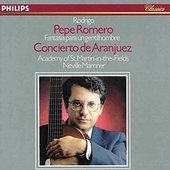Smart Spender’s Darling
The shift of generations is completed: company founder Antony Michaelson handed over the baton at the last High End in Munich and sold his company to the Austrian Heinz Lichtenegger, who is known as the owner of Pro-Ject. Lichtenegger has a very similar philosophy to the Englishman Michaelson: to give as many people as possible access to good, high-quality reproduction by creating affordable products. However, that is only viable with efficient production and correspondingly high quantities. It is, therefore, only reasonable that production is carried out in the Far East but under European quality standards. The very solid case with a five millimeter thick aluminum front panel demonstrates the thoroughness of Musical Fidelity’s production. The amplifier’s volume is controlled via a comfortably firm knob of perfect size and shape – a feature that we have repeatedly looked for in vain even with much more expensive amplifiers. The buttons for on/off and input selection are equally made of metal and react precisely to light pressure. In addition to six high level inputs, one of which is switchable for home cinema operation, there are a pair of sturdy speaker-terminals that also accept banana plugs as well as a preamplifier output for connecting an additional power amplifier on the rear. The amp is therefore prepared for so-called “bi-amping”, i.e. the operation of a loudspeaker with two, preferably identical, power amplifiers.
 MAGAZINE
MAGAZINE